The Orange ShowJeff McKissack (1902-1980)
Extant
2401 Munger St, Houston, TX, 77023, United States
1956 to 1979
The Orange Show's hours change seasonally. Visit the website linked below for current information.
About the Artist/Site
Former produce-hauler and mail carrier Jeff McKissack, a firm believer that healthy living could empower a happy and productive life, spent over a decade years creating a tangible homage to the orange, his favorite fruit and the foundation for his belief in longevity.
Jefferson Davis McKissack Jr. was born at home in Georgia to Jefferson Davis McKissack and Beulah Cummings Hill; his father, coming from a staunch family of disappointed Confederates, ran a dry goods store in Fort Gaines. The couple had seven children, with Jeff the second youngest; he enjoyed school and had the kind of idyllic rural upbringing about which southern romantic novels would rhapsodize. In 1921, he entered Mercer University, in Macon; it was such a conservative campus that in 1924 one of the biology professors was dismissed for teaching the theory of evolution. McKissack graduated with his BS degree in commerce in 1925, and, following graduation, he moved to New York City. He worked for a bank and enrolled in the master’s program at Columbia University, but he dropped out after a year; by 1930 he had made his way to southern California. And although there is no direct evidence, it is likely that while living there, in the town of Signal Hill, McKissack would have become aware of the National Orange Show, located roughly an hour away in San Bernardino. This 100,000-square-foot exposition had opened in 1911; its elaborate programming offerings in honor of the prospering local citrus industry were underwritten by municipal leaders.
After McKissack moved back to Fort Gaines in the early 1930s, he experimented with several small businesses, but during the Depression he was reduced to hauling oranges from Florida across the South. He bought several small parcels of land with his earnings, but sold them all in 1940 and moved out to Jacksonville, Florida. He served in the US Air Force during World War II, and after his Honorable Discharge returned to Jacksonville to a job welding ships for the navy; this practice in construction would ultimately serve him well. Following his mother’s death in late 1948, however, he “went to pieces,” so much so that his siblings committed him to a mental institution for evaluation. After his release, he wanted a fresh start, so by 1951 he had moved to Houston. There, he again seemed to cast around for the perfect situation: he hauled produce, worked at the post office, took out a permit to open a beauty salon, and established a nursery and worm farm. It was not until some fifteen years later that he had the idea to create what would become The Orange Show, and began his compulsive labors.
But even before that, he had been collecting building supplies – tiles, bricks, fencing, metal implements and gears – including salvaged fire escapes – and more, which he would haul back to his lot. Slowly, he began to put these recycled materials to good use, ultimately creating a multi-level maze of platforms, walkways, displays areas, and enclosures. A variety of exhibits illustrated his belief that a long and happy life results from good nutrition and productive labor, and he penned a small “book,” How You Can Live to Be 100 and Still Be Spry. He purchased mannequins and signs and tractor seats and wagon wheels, and welded many of the metal components into figures, which he painted in vivid colors, often labeling them with exhortations to abide by his advice. On May 9, 1979, he opened The Orange Show to the public.
Water fountains, statuary, metal birds, a museum of oddities, a “stadium” that holds up to 250 visitors, and a circular painted steamboat pond were some of the enhancements that McKissack had made to his site. Although only around 150 visitors showed up on opening day, soon word of his environment spread, and it became much beloved and championed by the local art community. Yet within nine months of his opening, McKissack suffered a stroke from which he never recovered, and he died two days before his 78th birthday.
Luckily, he had become friends with Marilyn Oshman, former president of the board of Houston’s Contemporary Art Museum, art collector, and heir to the Oshman Sporting Goods fortune. And while he left all of his property to a nephew in Santa Barbara, he had cautioned the young man to call Ms. Oshman if something were to happen to him. Alarmed that McKissack’s masterpiece might fall into disrepair and ruin, Oshman mobilized her friends to donate to and ultimately form a nonprofit foundation to preserve the site. An administrative staff led by Susanne Theis, the first director, worked to stabilize and enhance it, and The Orange Show reopened to the public in 1982.
Since that time the Foundation has purchased and supported additional sites in Houston, including John Milkovisch’s Beer Can House, and has developed a creative and energizing series of programs, enlivening the site and linking it to Houston’s art community and beyond. Among their programs is the world famous art car parade each spring, but there is also a mural park, a library, and a variety of art programs for at-risk youth within the community.
Renamed the Orange Show Center for Visionary Art, Jeff McKissack’s homage to his favorite fruit has become an important part of Houston’s cultural arts scene. It receives funding through a variety of local, state, and national grants, and is open to the public weekends from 10 am to 2 pm, weather permitting. Admission to the site is $5 for adults; children 12 and under may enter free of charge. The site is also available for private rental, and for group tours, field trips, concerts, and workshops. Additional donations are always welcome.
~Jo Farb Hernández, 2014
Contributors
Materials
brick, concrete, paint, tile, iron, sand, stone, umbrellas, wagon wheels
SPACES Archives Holdings
1 folder: images, correspondence, pamphlets, press releases, postcards
Related Documents
Map & Site Information
2401 Munger St
Houston, TX, 77023
us
Latitude/Longitude: 29.7177393 / -95.3242609
Nearby Environments


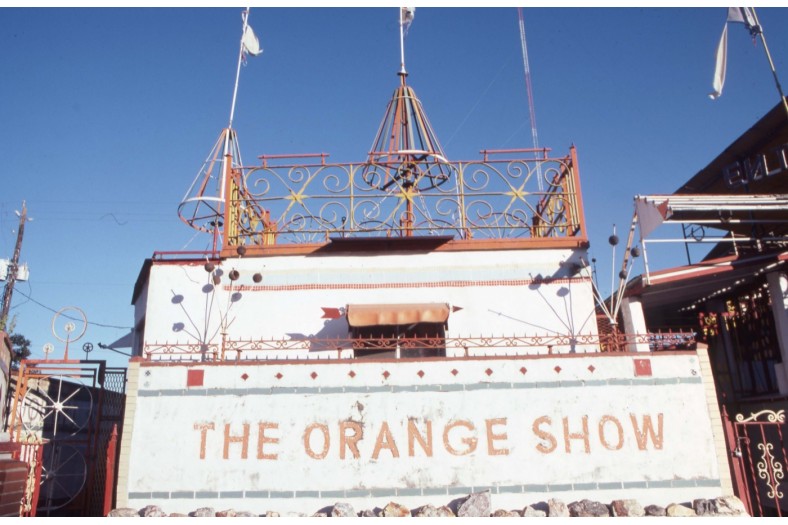
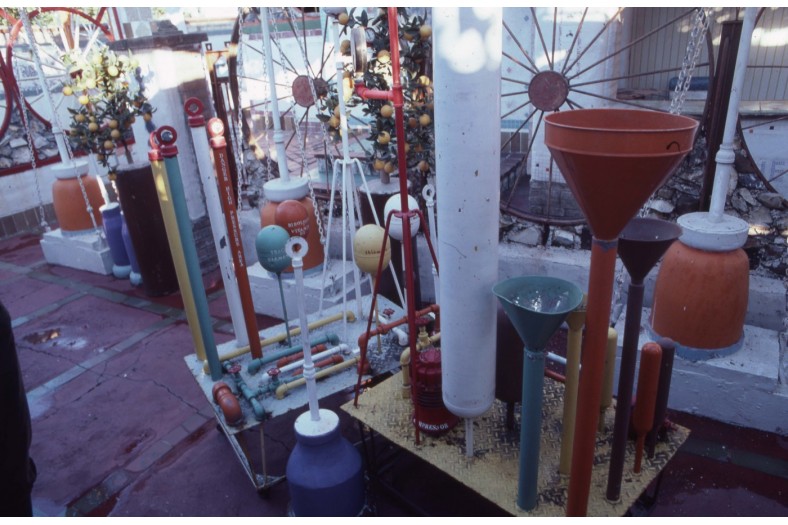
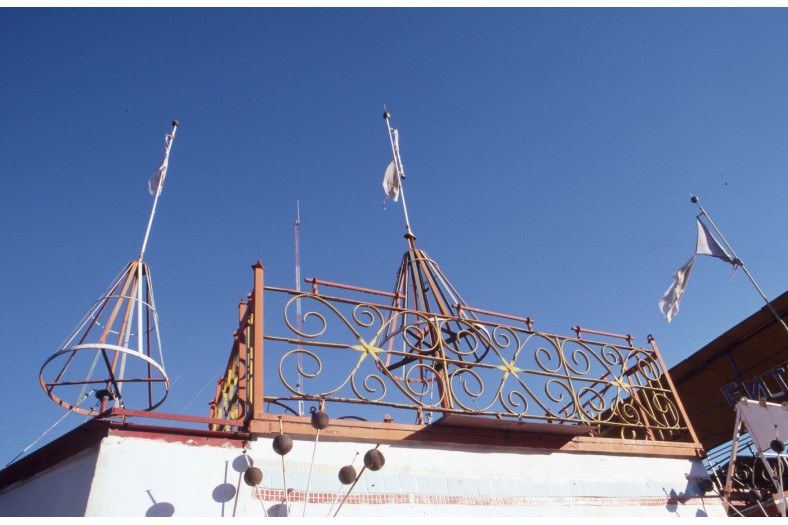
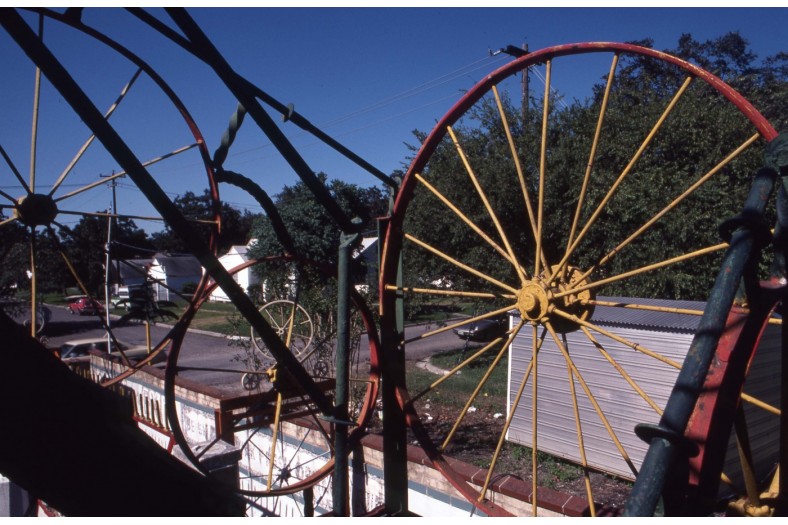
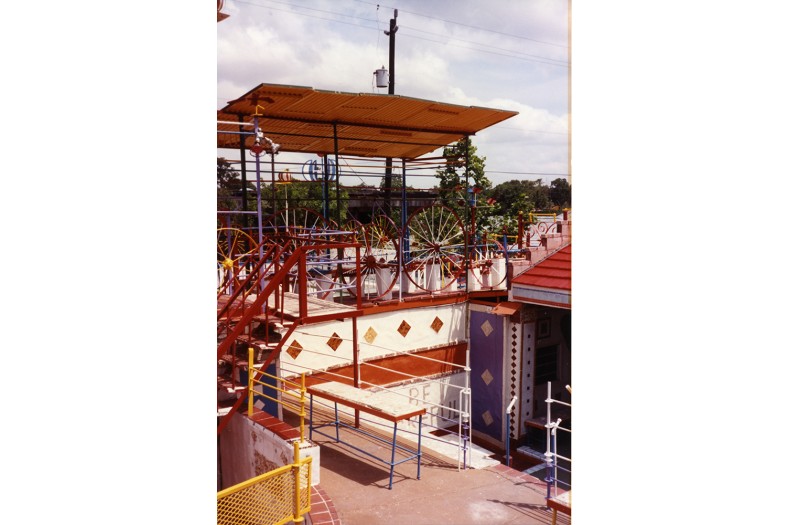
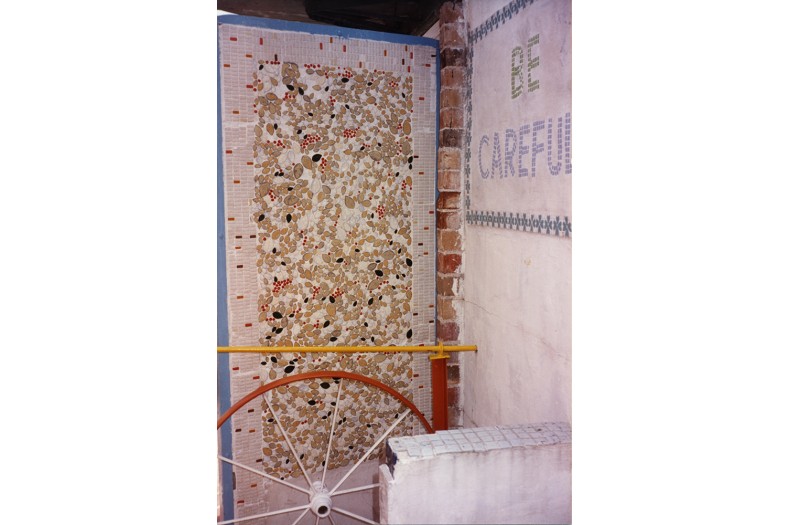
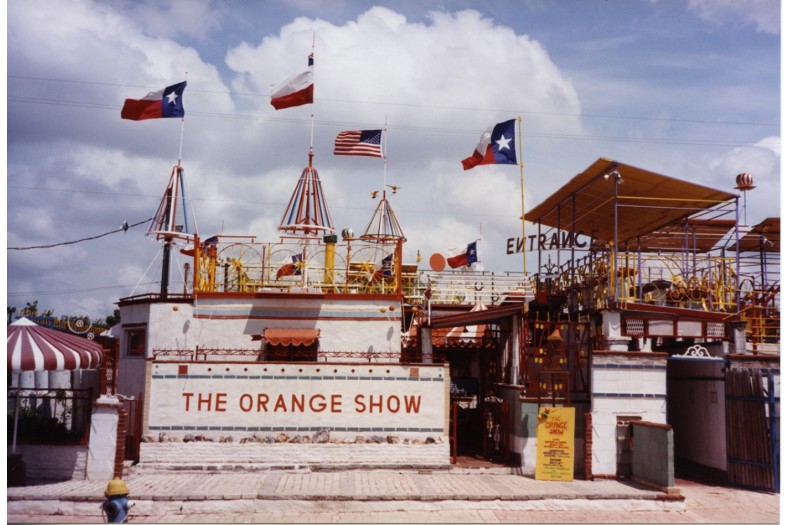
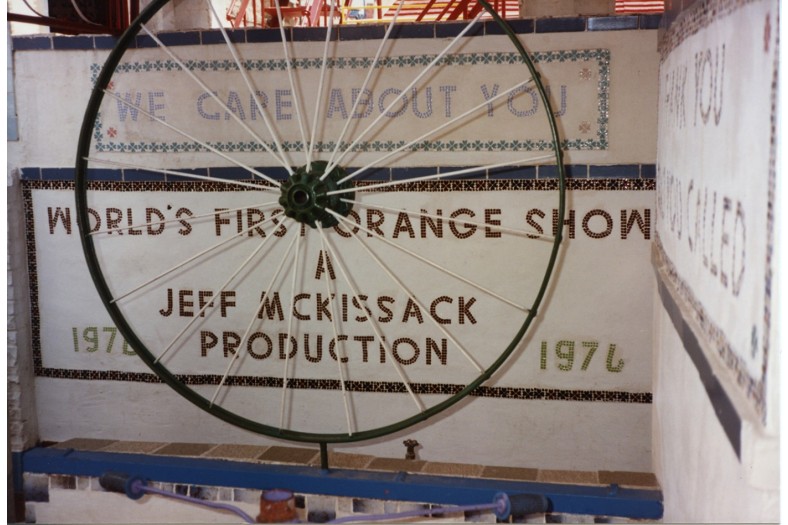
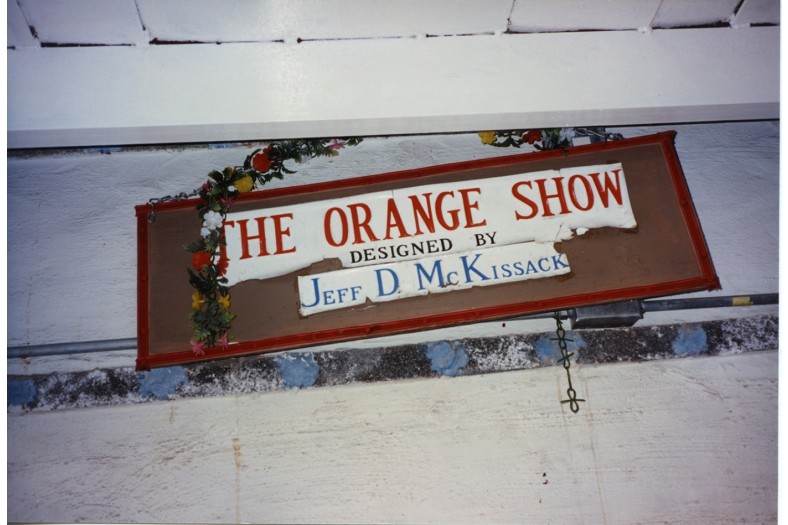
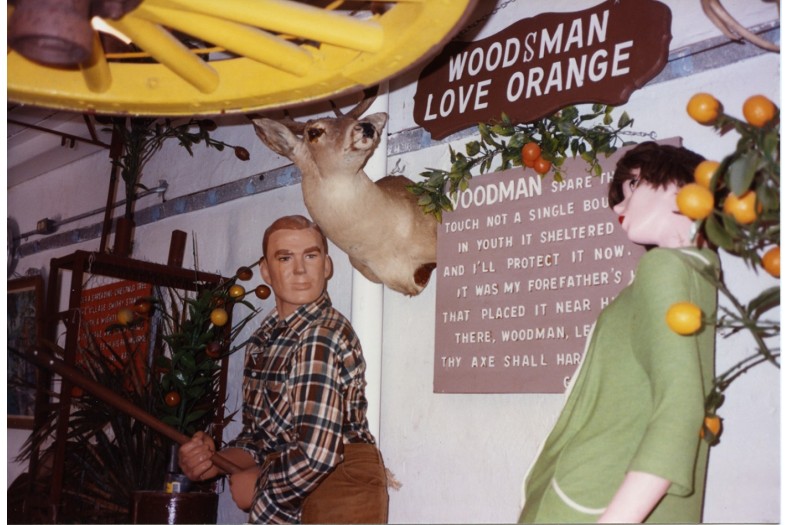

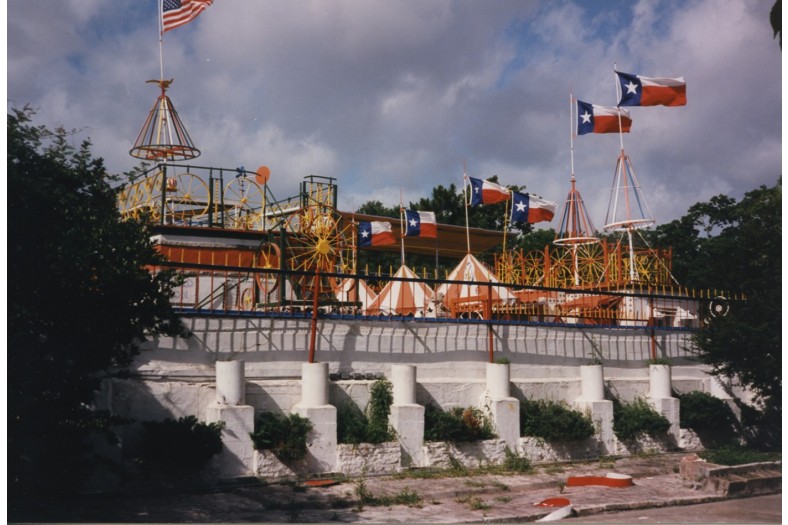
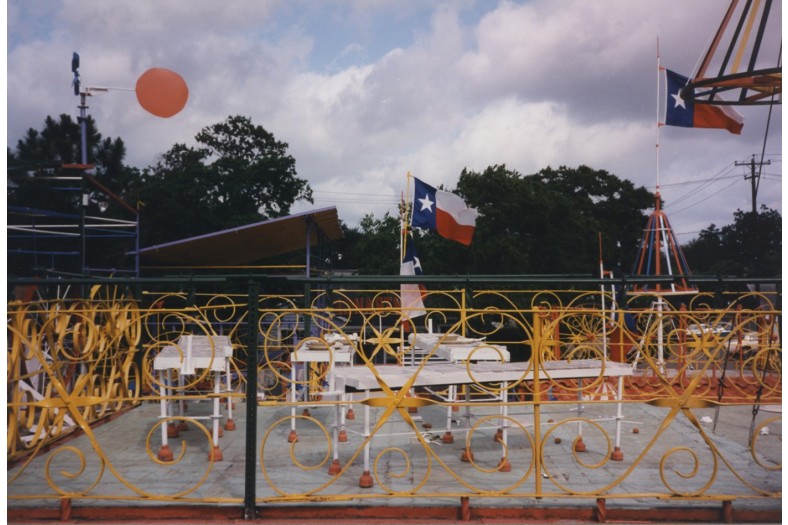
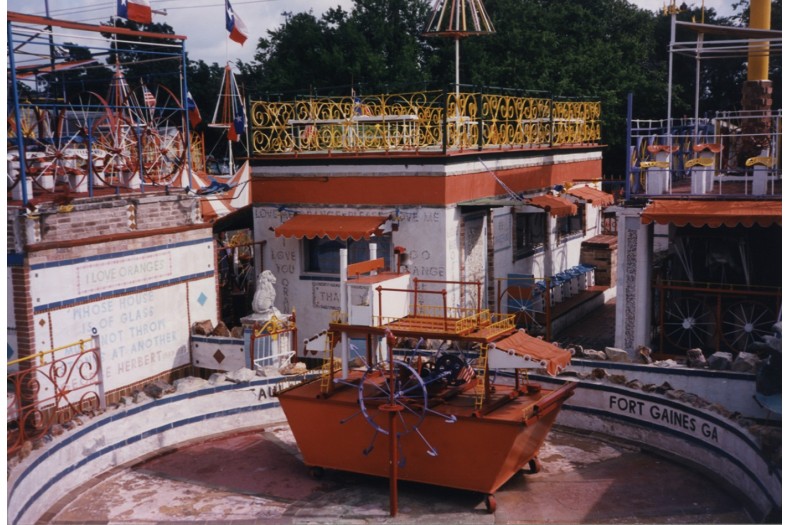
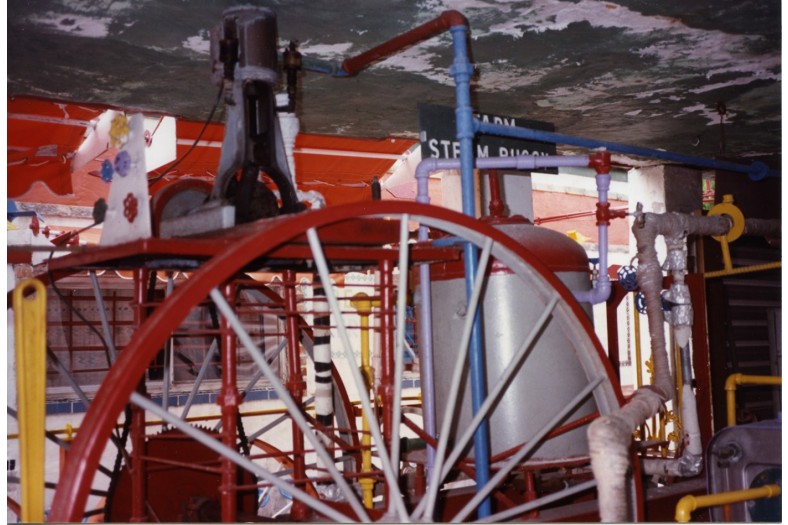
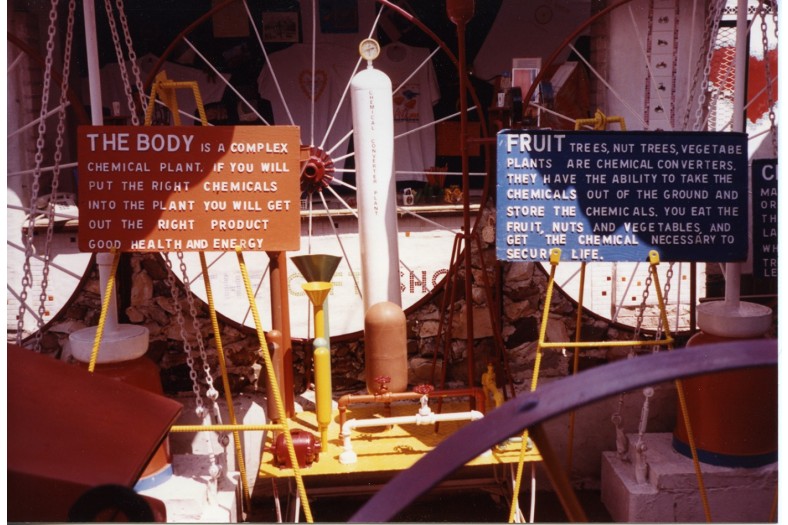
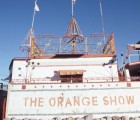

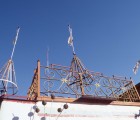
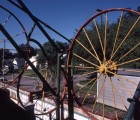
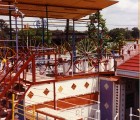
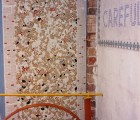
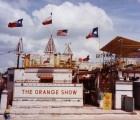
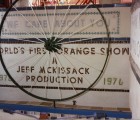
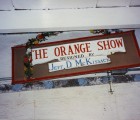
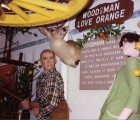
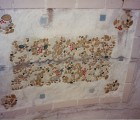
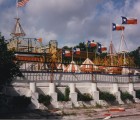
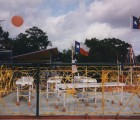
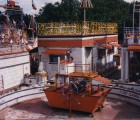
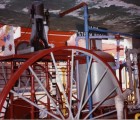
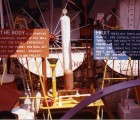

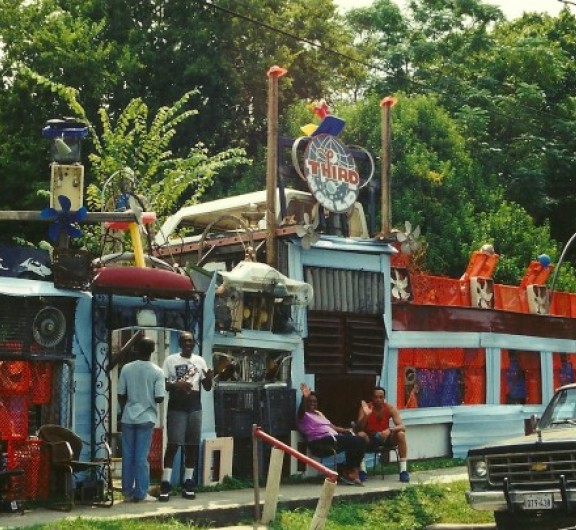
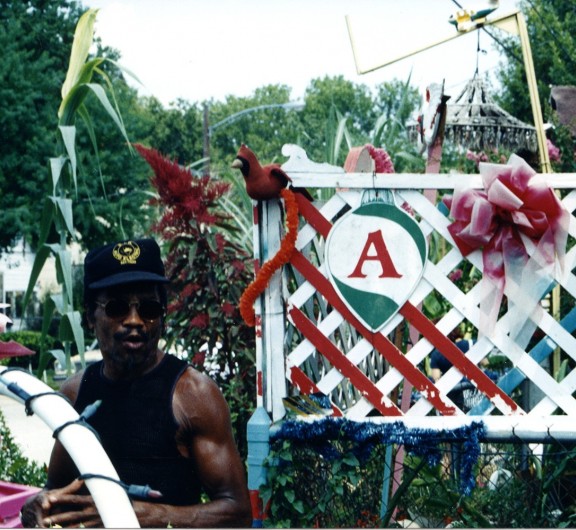
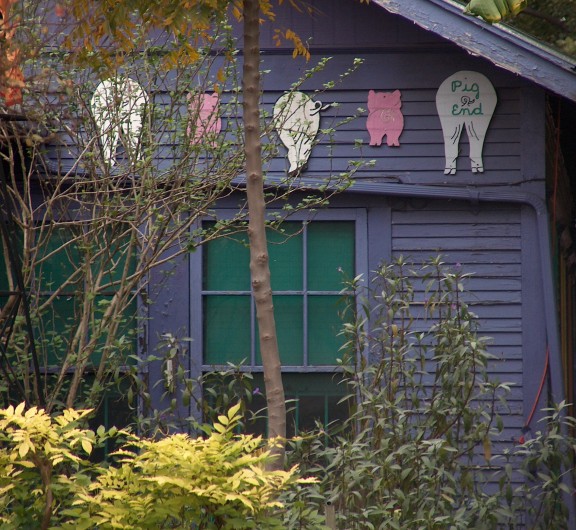
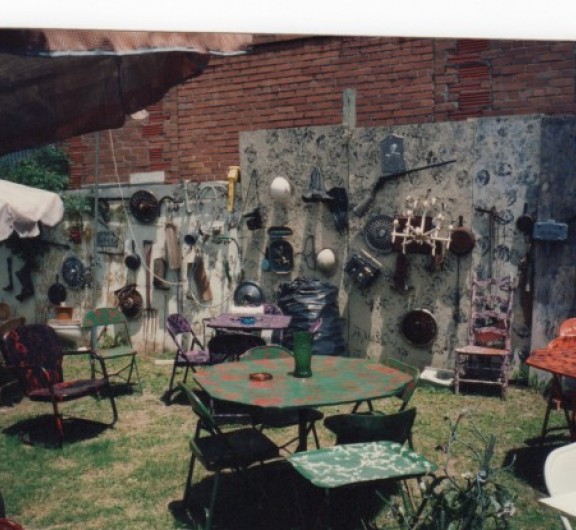
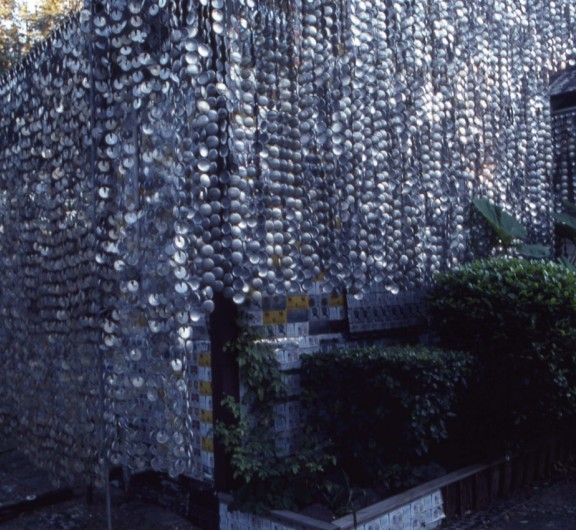

Post your comment
Comments
No one has commented on this page yet.